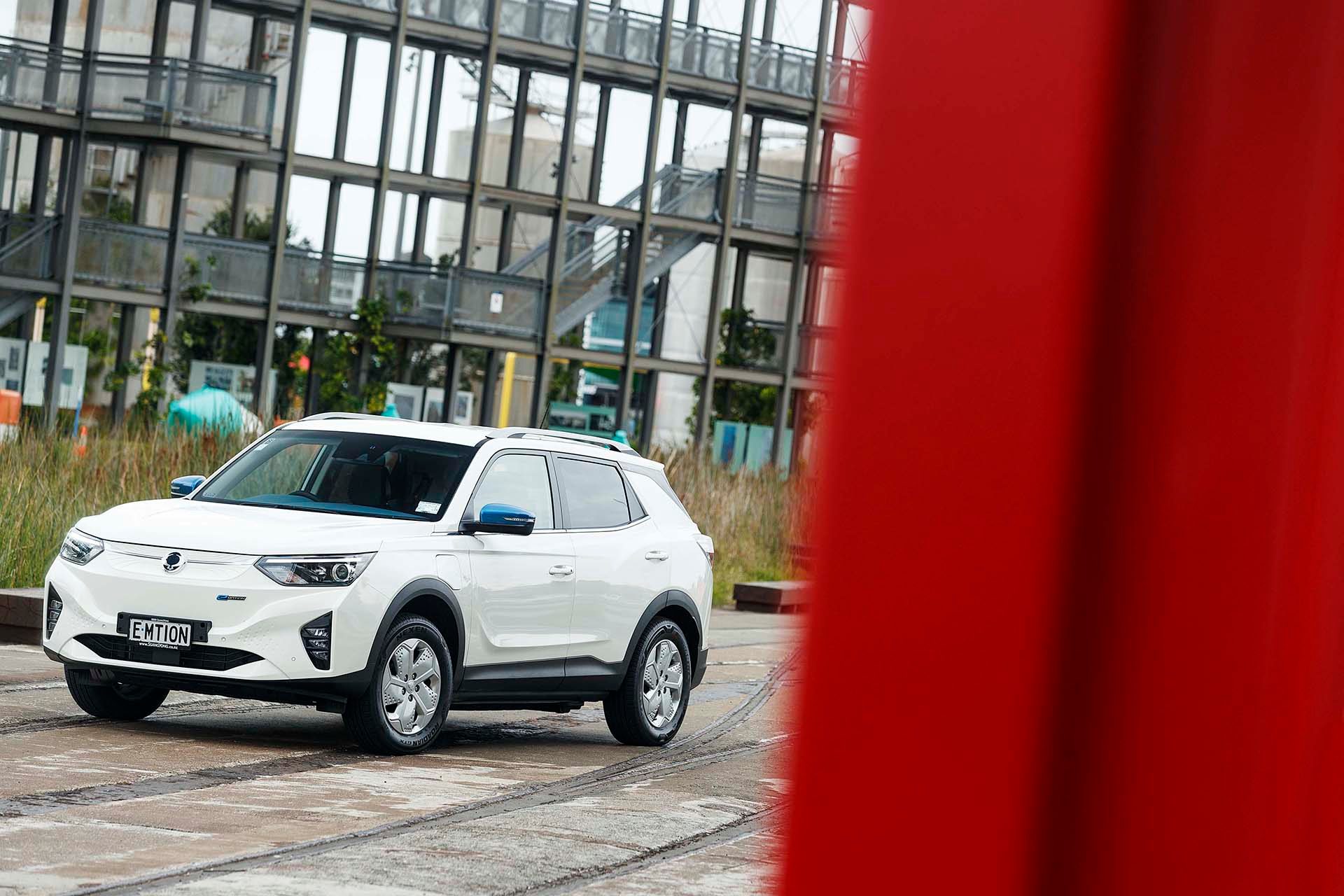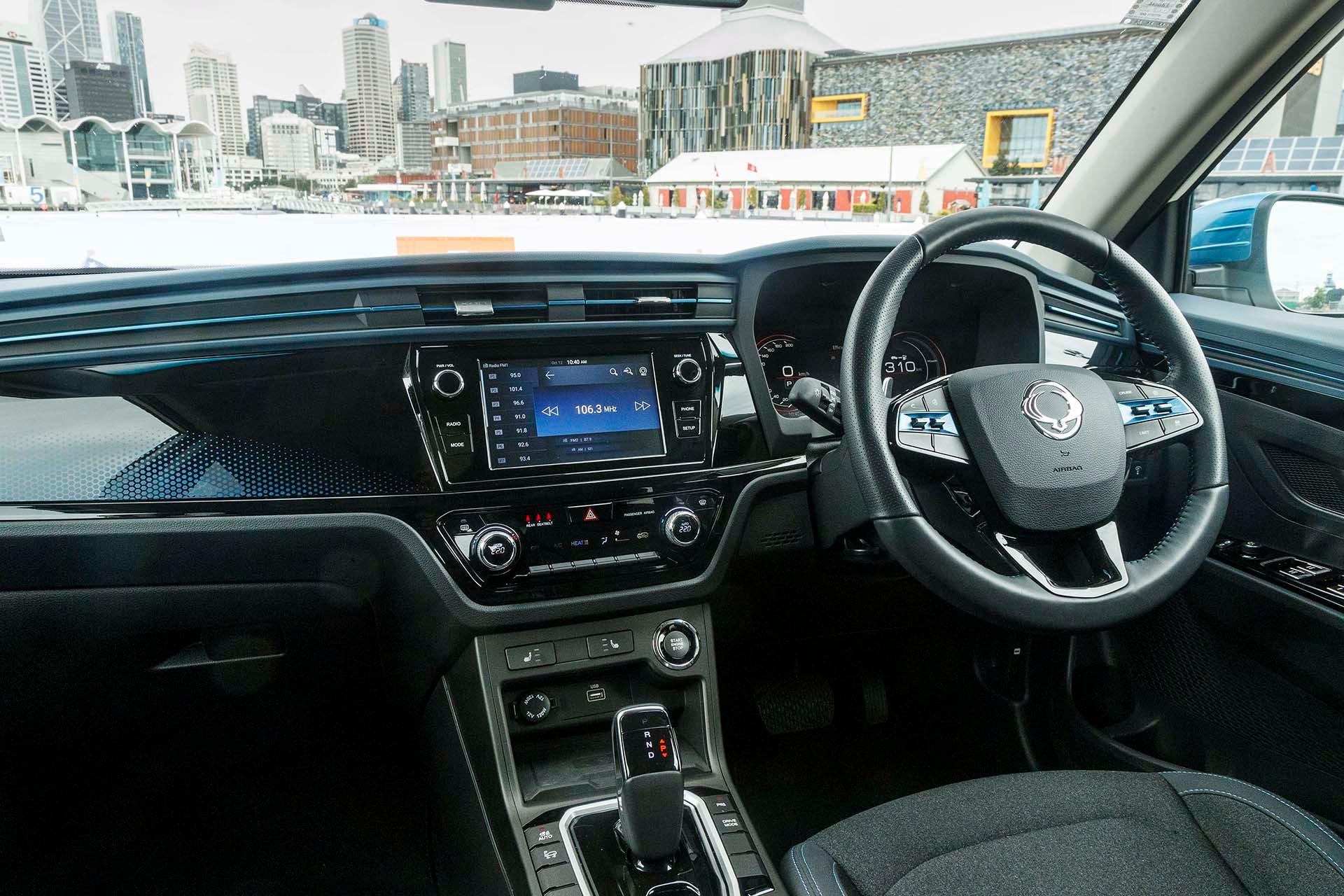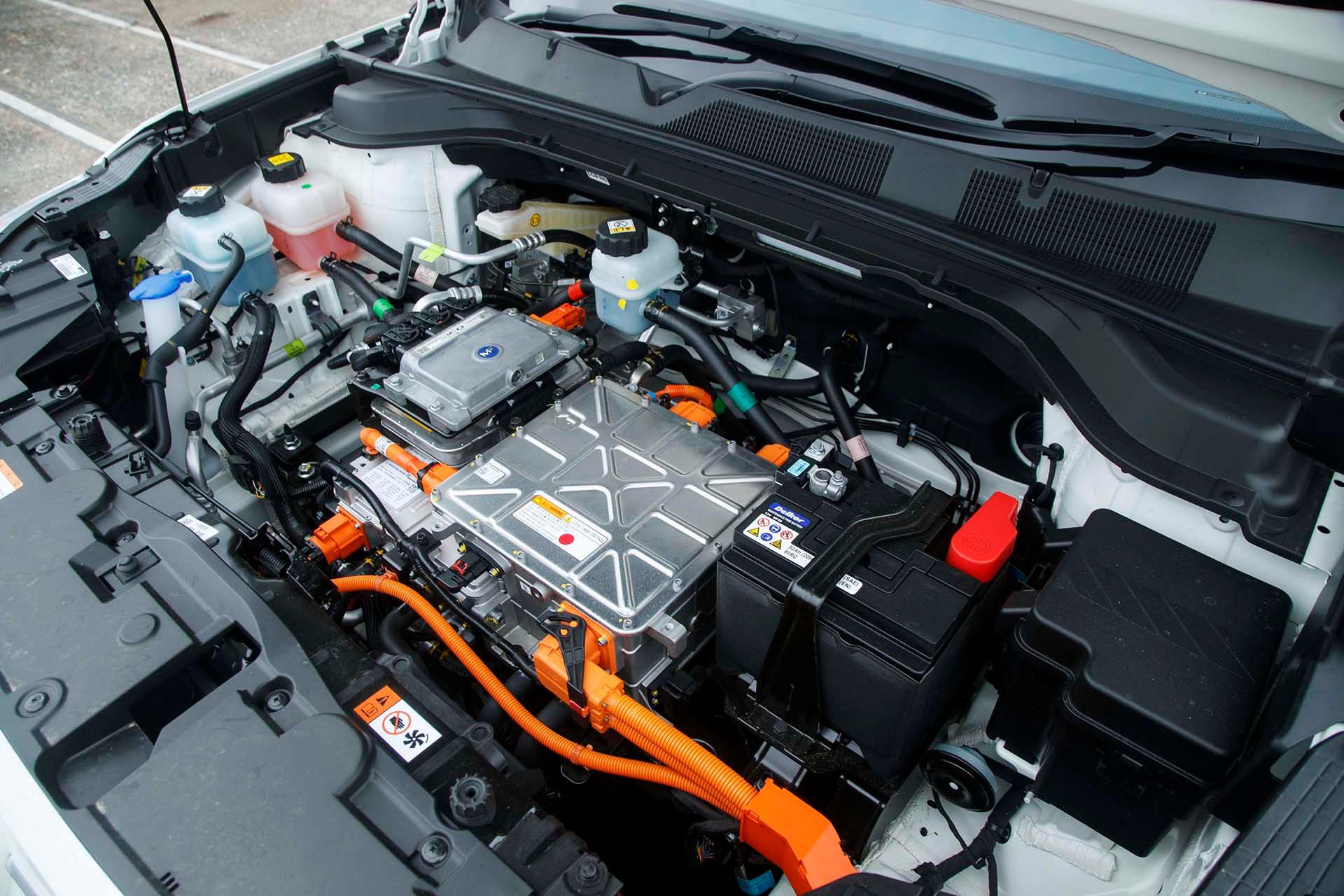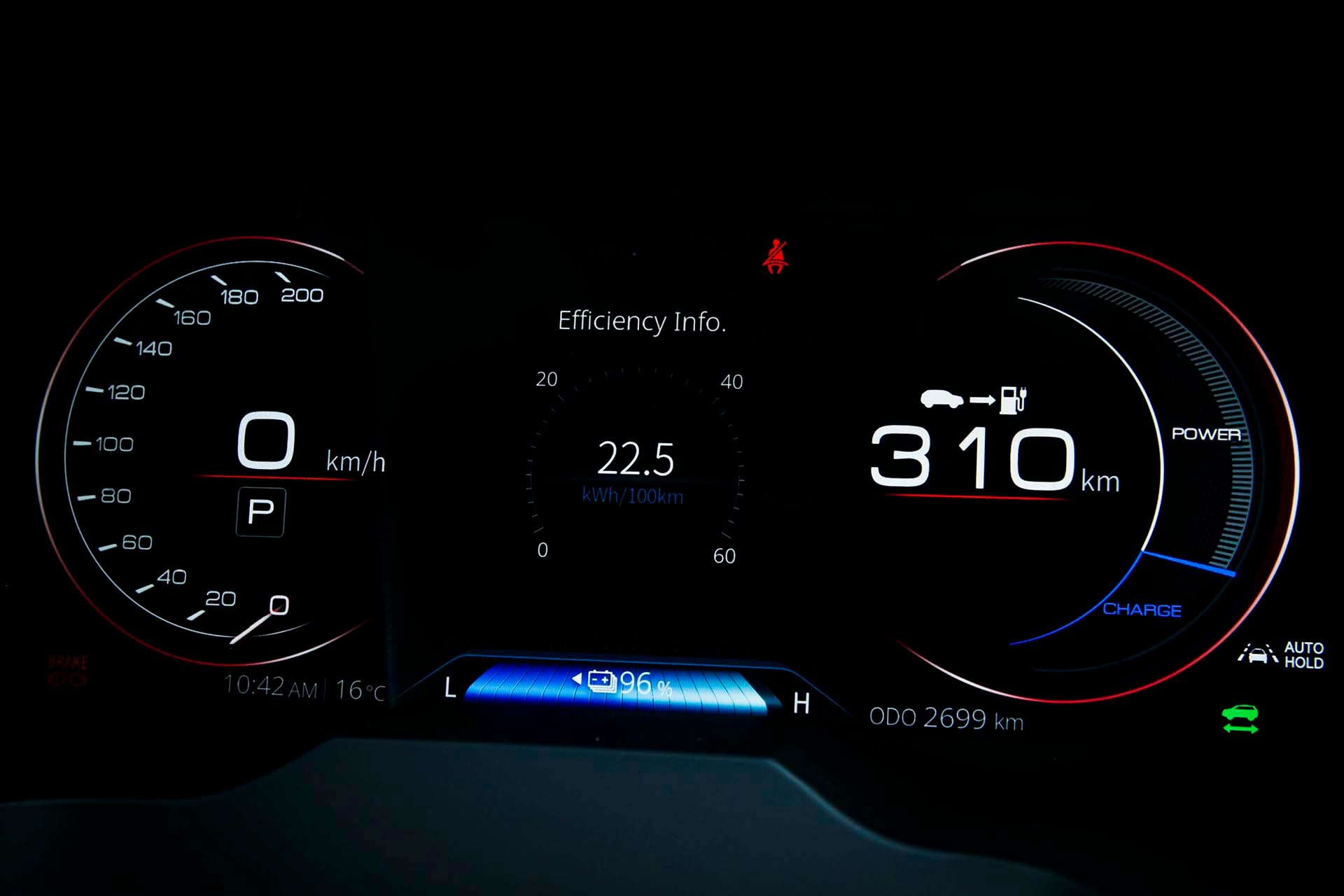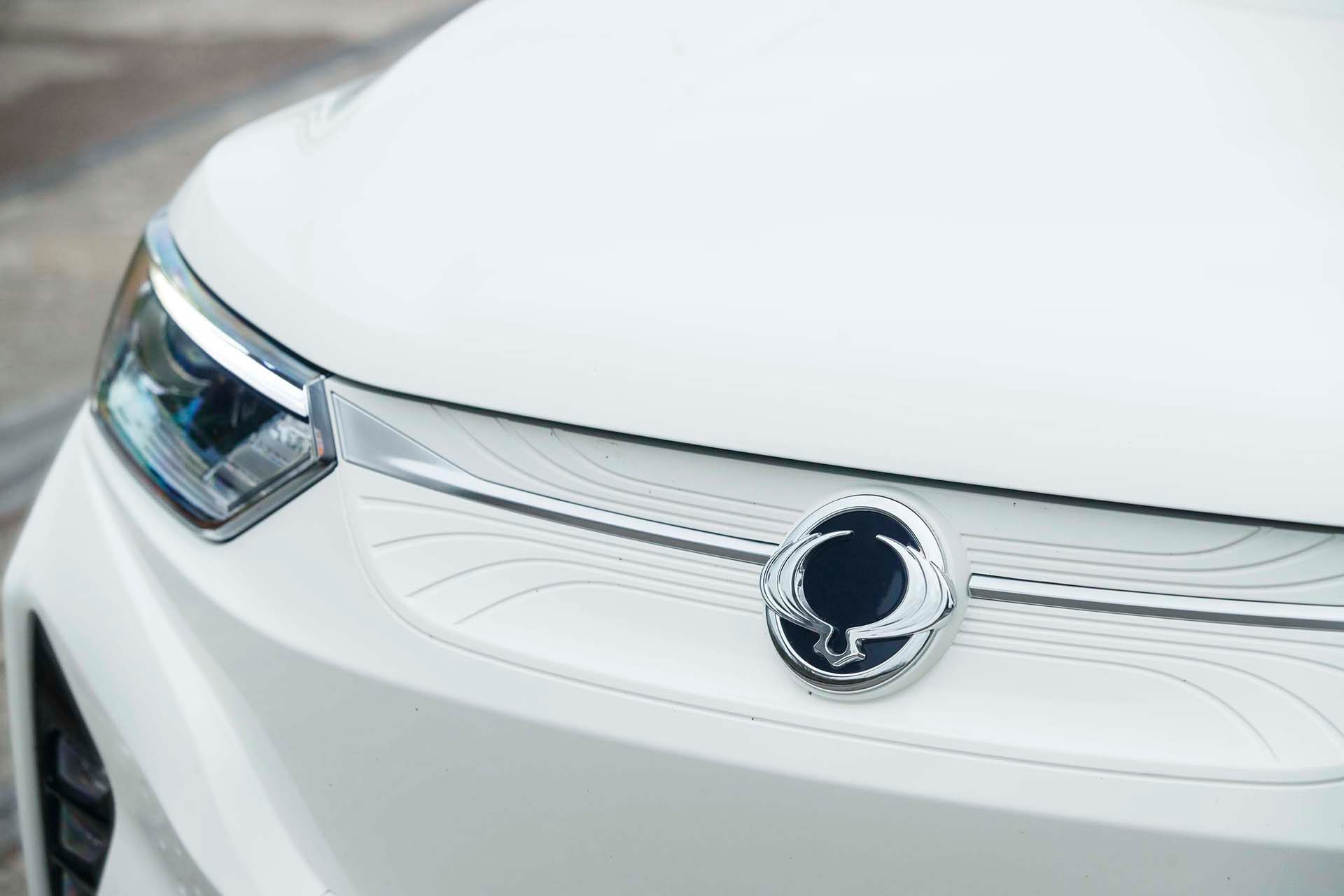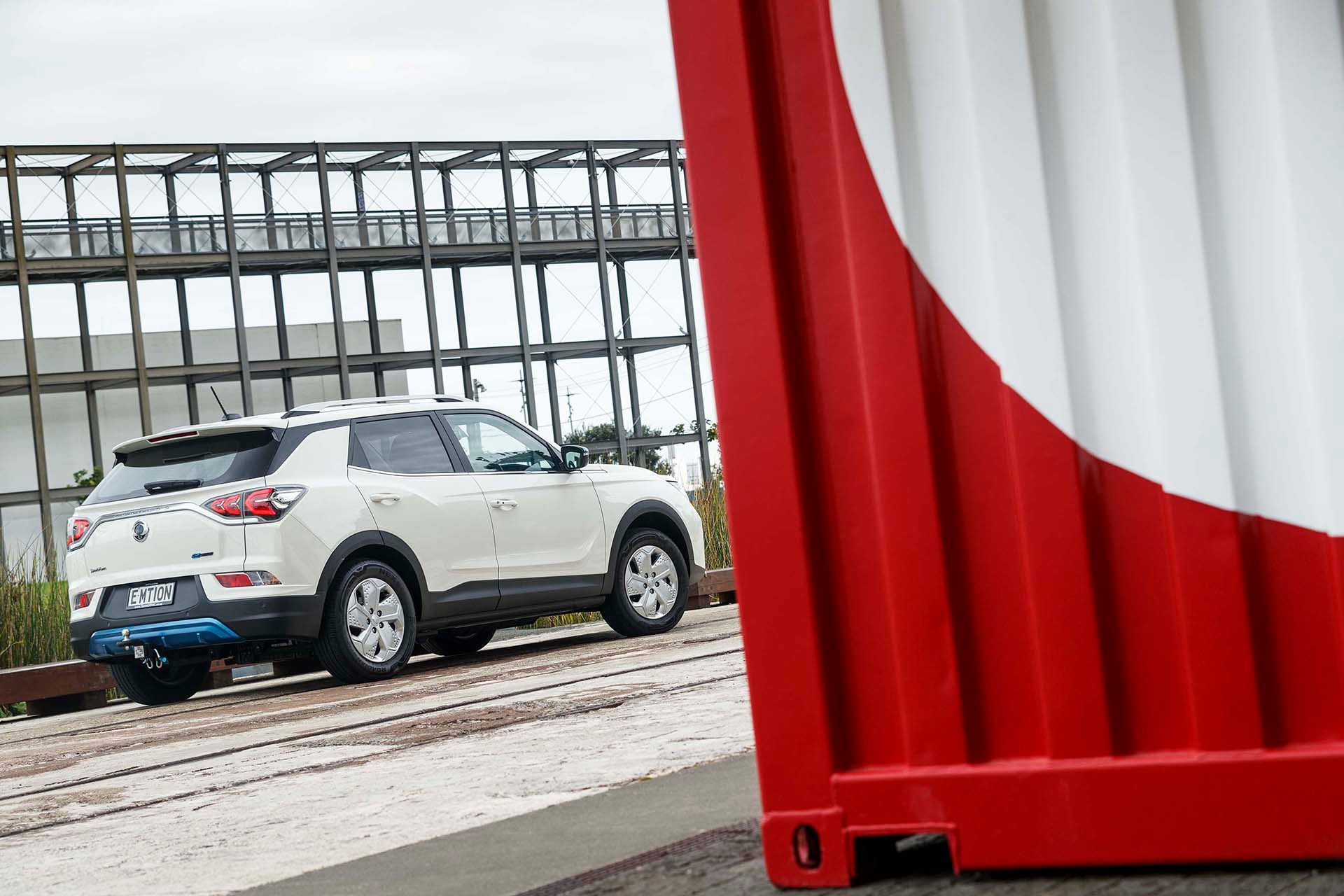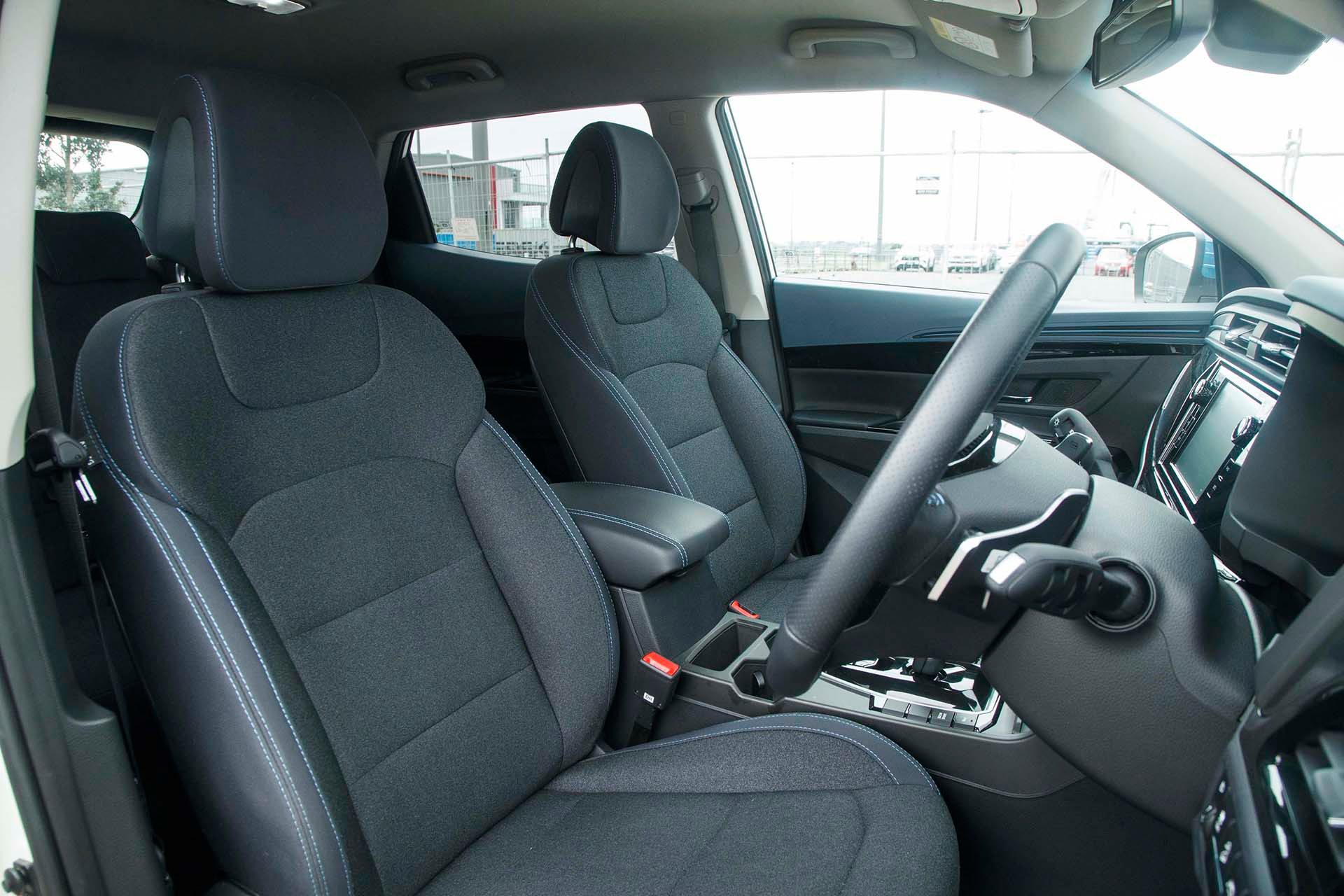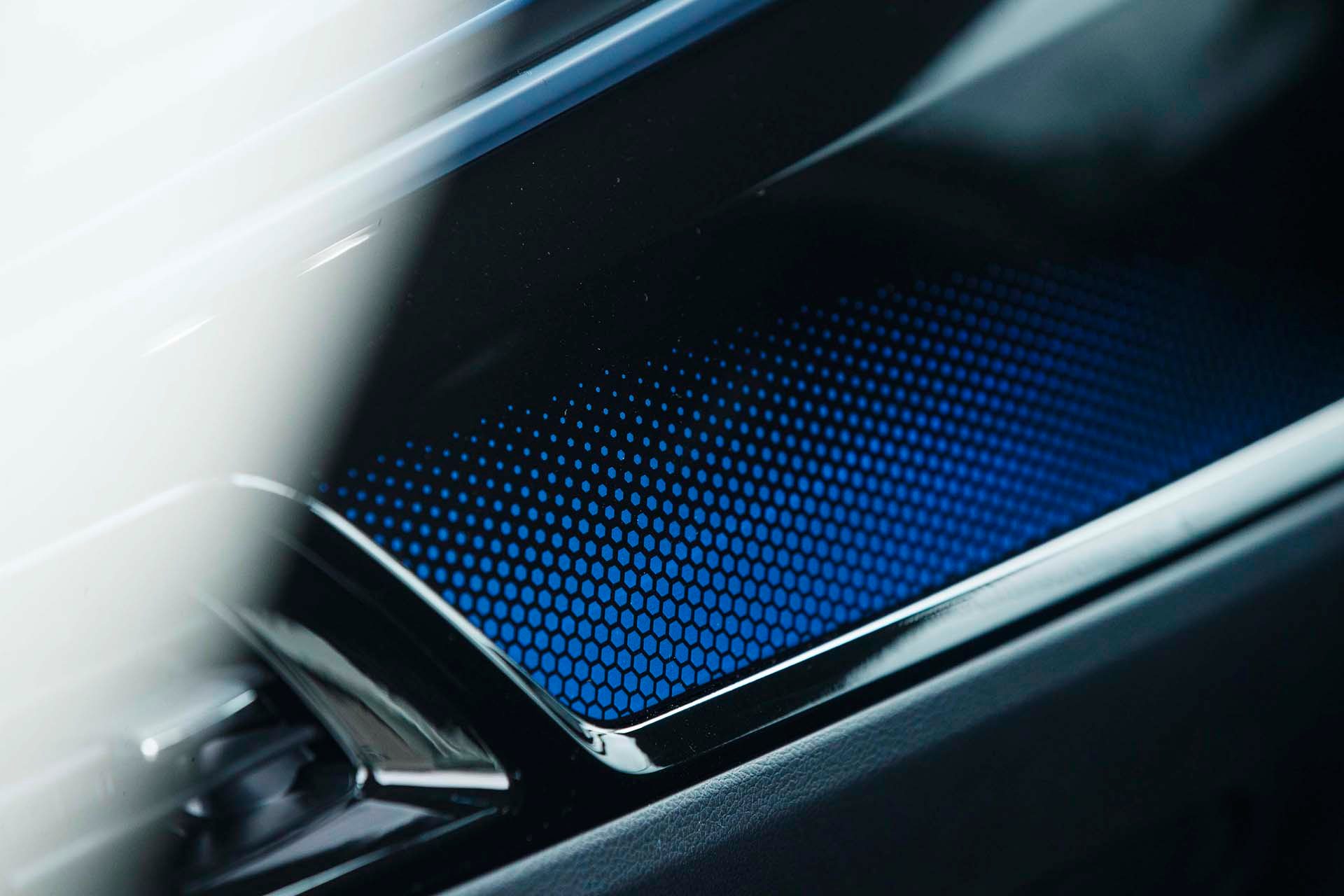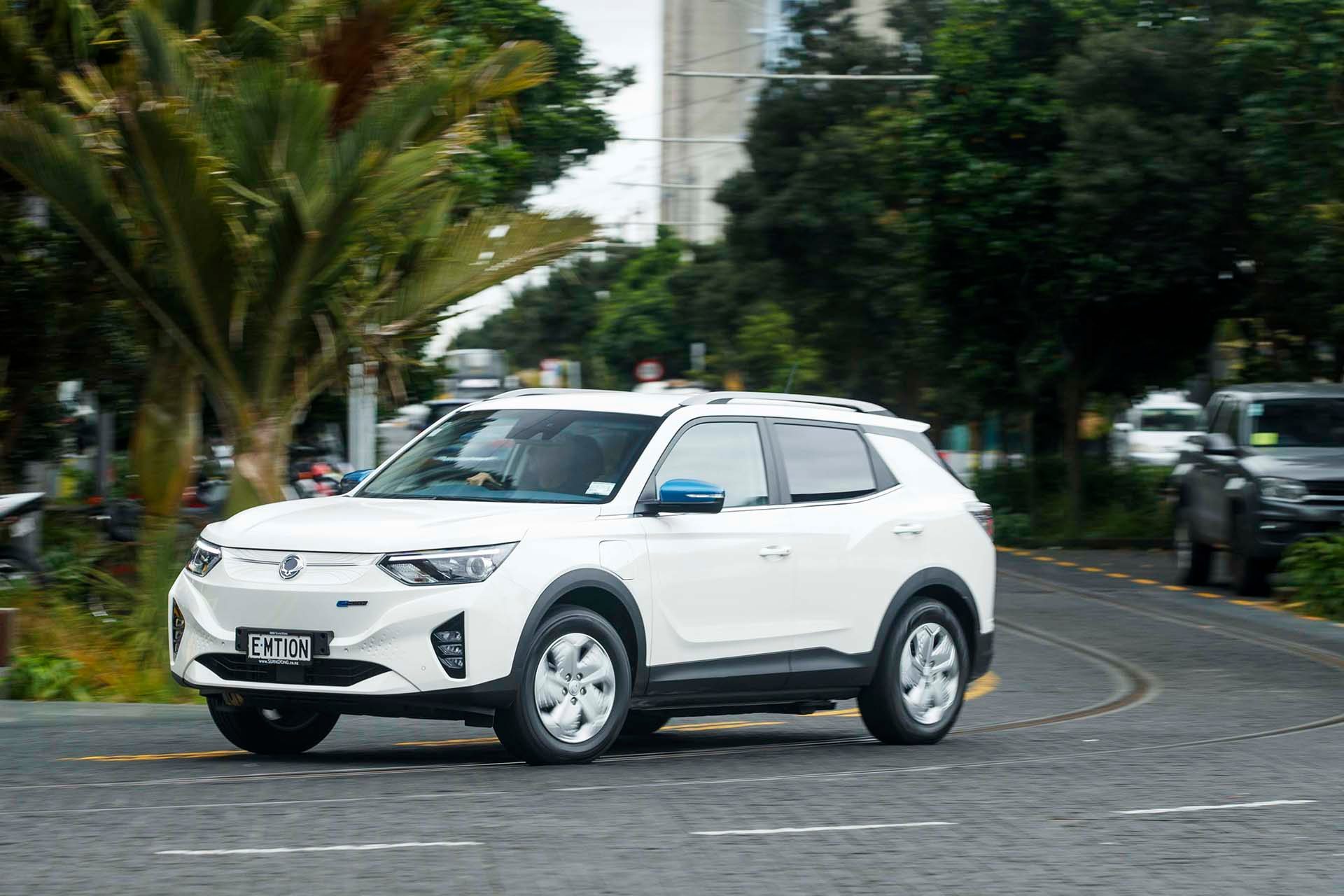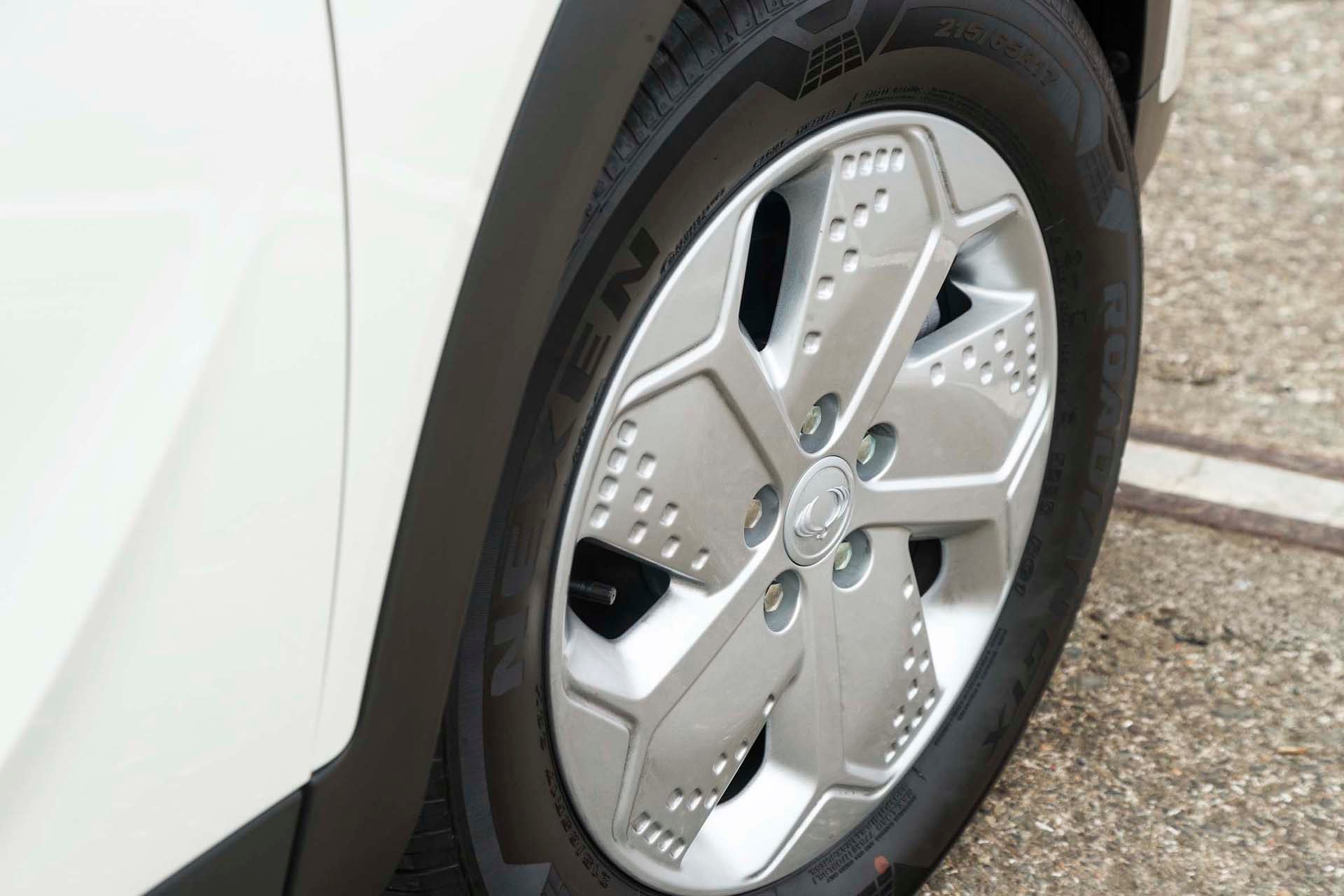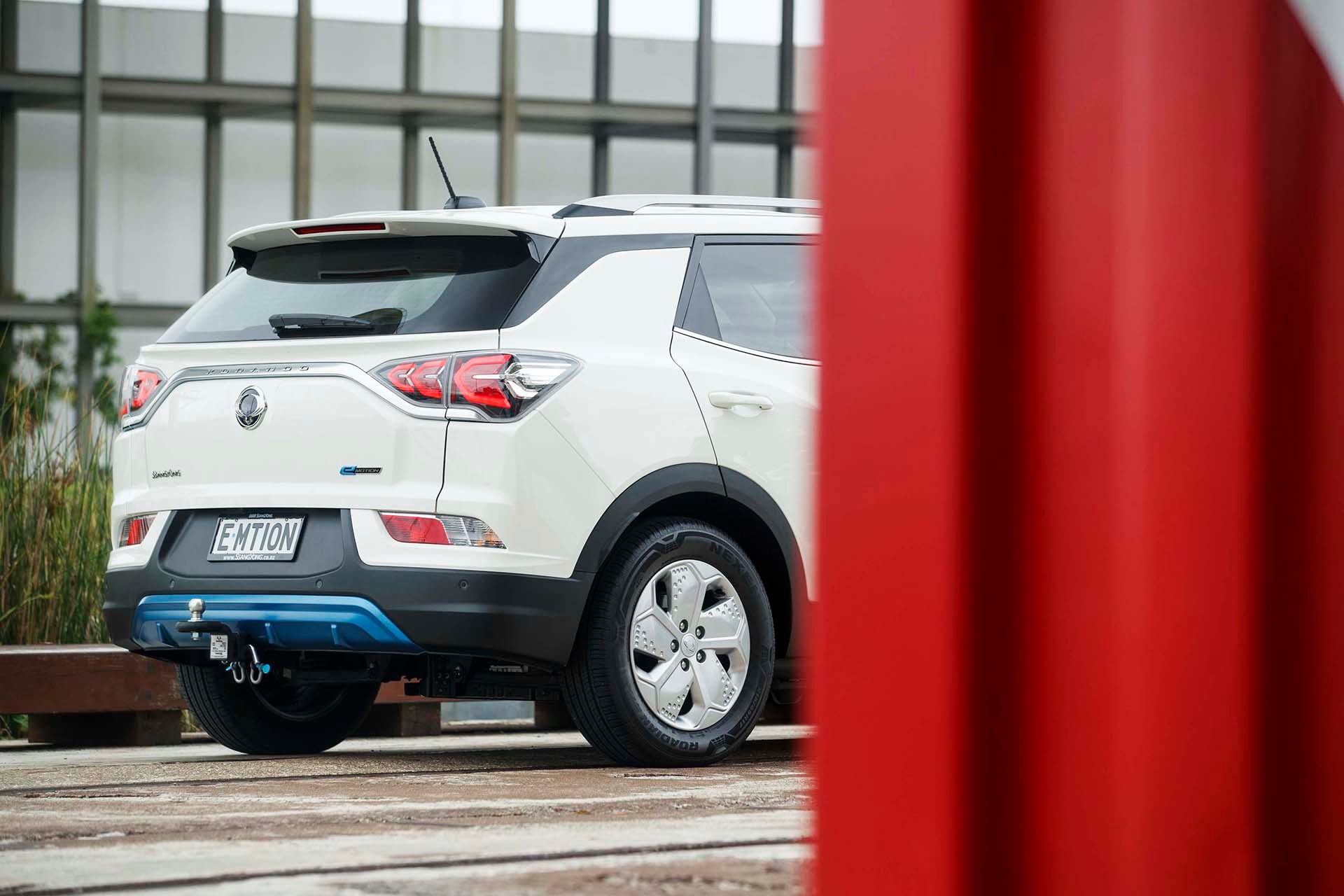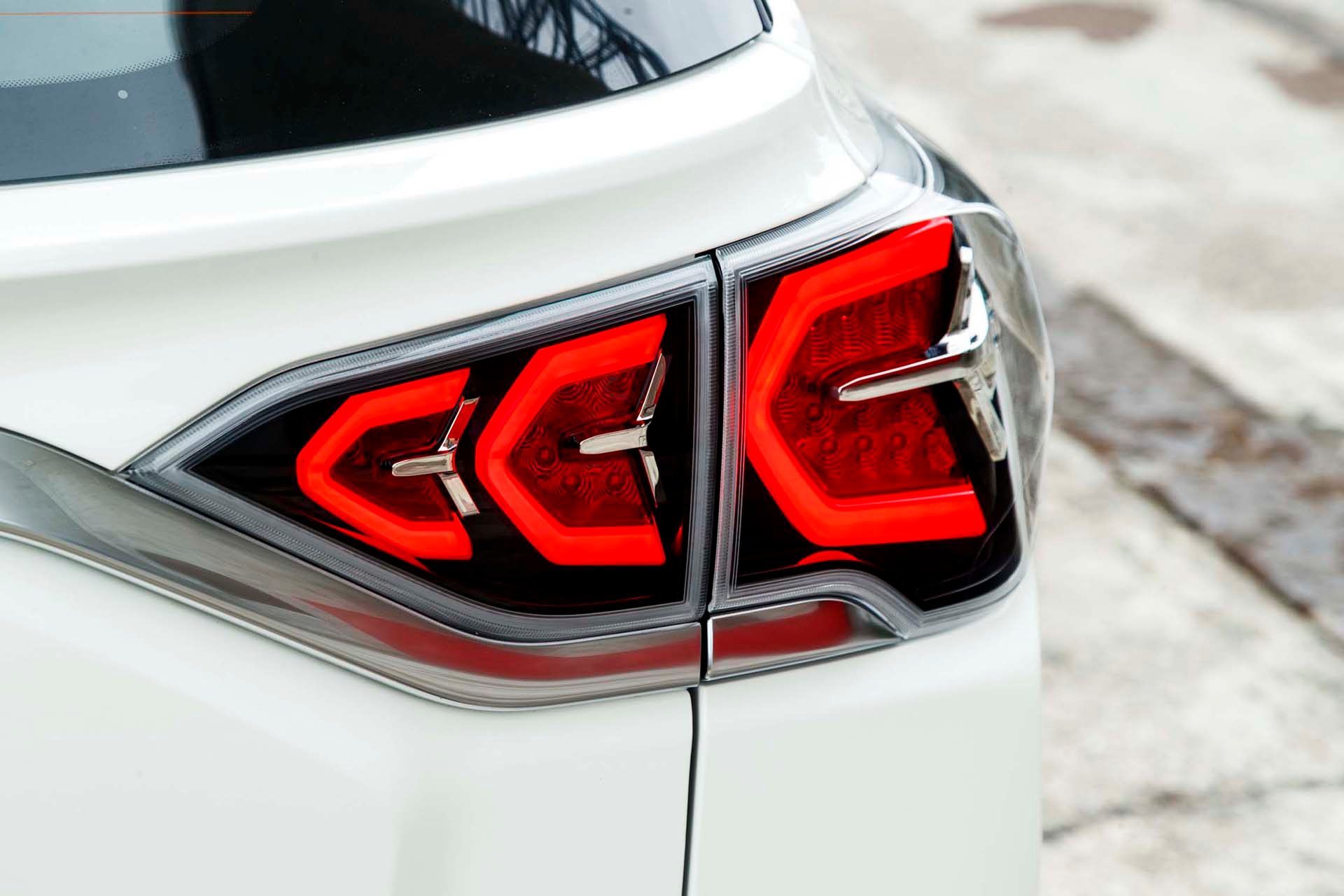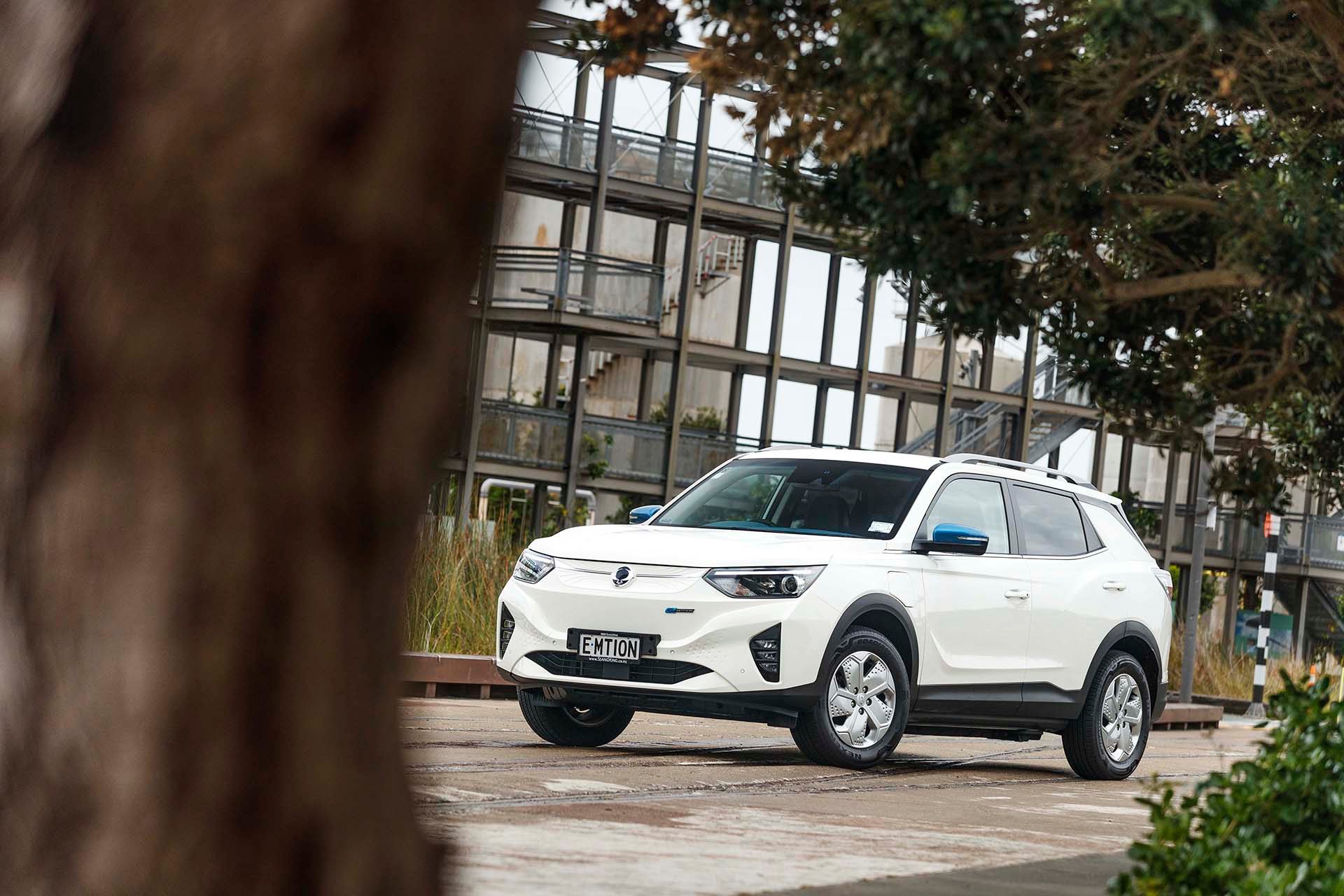2022 SsangYong Korando e-Motion review
Now under stable Korean ownership, SsangYong is set to release new electric models, kicking off with Korando e-Motion.

Now under stable Korean ownership, SsangYong is set to release new electric models, kicking off with Korando e-Motion.
Another month, another new EV, in this instance SsangYong’s first zero-emissions offering known as Korando e-Motion. Does it get the senses tingling or is it just tyred and emotional?
The Korando (short for Korean Can Do) e-Motion is the first product from the company in renewal. It’s not quite the cheapest EV available here, and nor has it the biggest battery or the longest range in the small-medium SUV sector. Its closest competition comes in the form of the Atto 3 Extended model, which is now $59,990, up $2k since its launch just a few months ago. Coincidentally or otherwise, the Korando e-Motion costs the same amount, and also qualifies for the same $8625 government rebate.
Can it compete with the likes of the BYD on the critical areas then? It’s closer than you might think. Despite similar sized battery packs, the e-Motion doesn’t have quite the range of the Atto 3, though for townies that’s not such an issue. A recharge from 20-80 per cent will take just under an hour on a 50kW fast charger, by the by, about what you’d expect. In terms of energy use, they’re on a par as both weigh about the same, 1750kg odd. We found averages of 15-20kWh much of the time, depending on speed, but up into the 30s when letting rip.
is a bit more controlling on country roads, not that there’s much in it.
On the safety front, the SsangYong has a five-star EuroNCAP crash rating and the petrol variants received a similar assessment in 2019 from ANCAP. Atto 3 has just been crash tested in Australia and passed five-star muster.
We like that it’s simple to nix the lane keeping in the e-Motion, not such an easy task in Atto 3. The Korando has a few different screen presentations you can scroll through. We flipped between two because one has traffic sign recognition, another instantaneous energy use. We used mainly the former.
Standard fit are Qi charger, steering wheel heater, adaptive cruise, privacy glass, hill descent, auto hold, keyless entry and push button stop/start by your left knee. There’s no nav but Apple CarPlay is present along with dual zone air and parking sensors each end.
| Model | SsangYong Korando e-Motion |
| Price | $59,990 |
| Clean Car Discount | Rebate – $8625 |
| Motor | single, 140kW/360Nm |
| Battery | 61.5kWh net |
| Range | 339km (WLTP) |
| Drivetrain | single-speed auto, FWD |
| Energy Use | 16.8kWh/100km |
| C02 Output | 0g/km |
| 0-100km/h | 7.84sec |
| 80-120km/h | 5.50sec (158m) |
| 100-0km/h | 35.68m |
| Stability systems | ABS, ESP |
| Safety | AEB, ACC, BSM, LDW, RCTA, ALK |
| Luggage capacity | 551-1248L |
| Tow rating | 500kg (1500kg braked) |
| Service intervals | 12 months, 15,000km |
| Scheduled servicing | $120 |
| Warranty | 5yrs, 100,000km |
| ANCAP rating | not yet rated |
| Weight | 1756kg (claimed) |
Also consider
